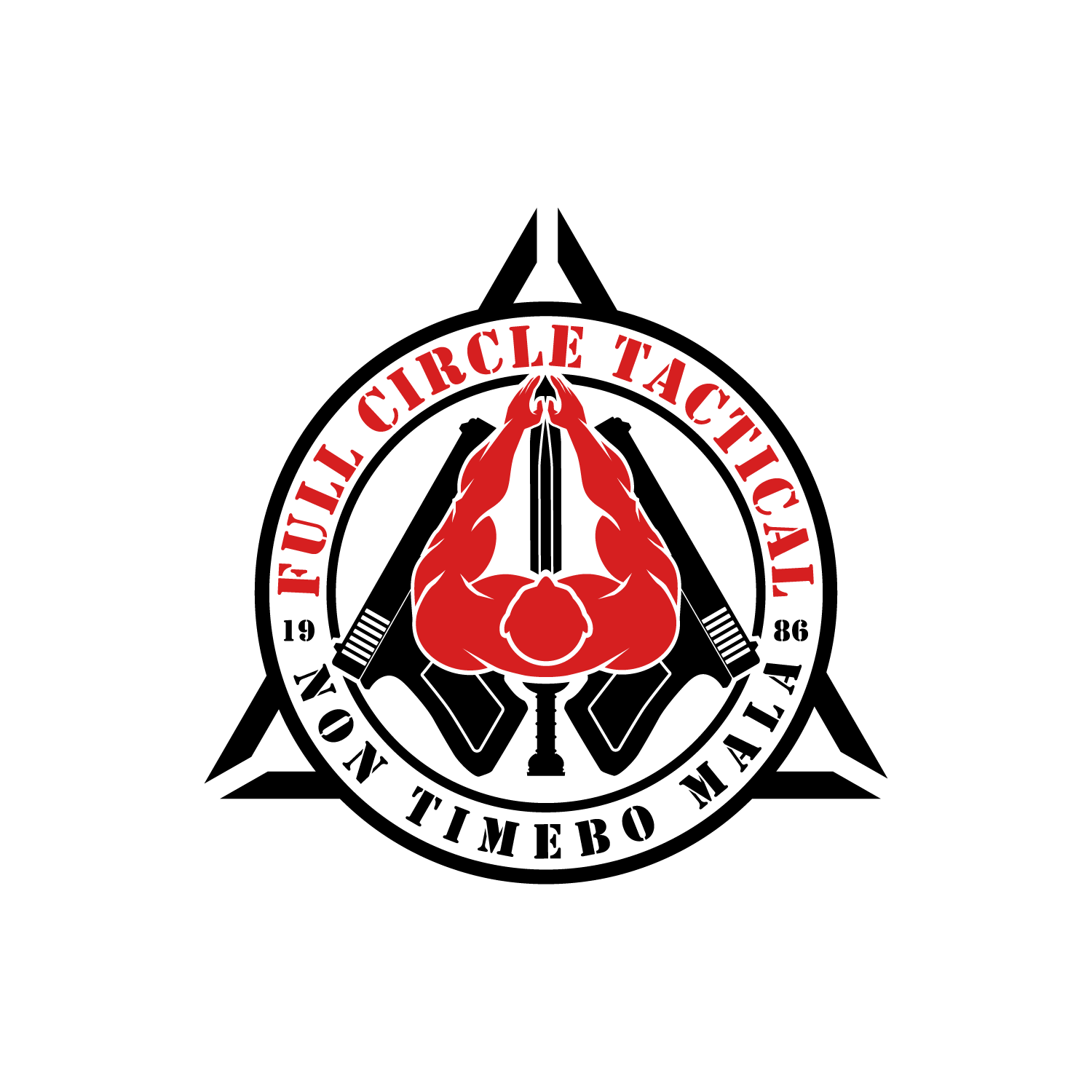Hick’s Law and Self Defense
Understanding Hicks's Law: Enhancing Self-Defense Decision-Making
When it comes to self-defense, making quick and effective decisions can be the difference between safety and harm. In such high-pressure situations, understanding and applying psychological principles can significantly improve our ability to respond appropriately. One such principle is Hicks's Law, which explores the relationship between the number of choices and the time it takes to make a decision. By delving into Hicks's Law and its implications for self-defense, individuals can enhance their decision-making skills and increase their chances of successfully protecting themselves.
Understanding Hicks's Law:
Hicks's Law, named after British psychologist William Edmund Hick, suggests that the time it takes to make a decision increases logarithmically with the number of choices available. In simpler terms, the more options we have, the longer it takes to decide. This principle is based on the idea that our brains require additional time to process and evaluate each choice before reaching a decision.
Applying Hicks's Law to Self-Defense:
1. Simplify Decision-Making:
In a self-defense scenario, time is of the essence. By simplifying decision-making, individuals can respond more quickly and effectively. This can be achieved by reducing the number of choices available. For example, focusing on a few key techniques or strategies that have been practiced extensively can help streamline decision-making during an attack.
2. Train for Automatic Responses:
Hicks's Law suggests that the more familiar we are with a particular response, the quicker we can execute it. By training extensively in self-defense techniques, individuals can develop automatic responses that require minimal cognitive effort. This allows for faster decision-making and a more efficient reaction to potential threats.
3. Prioritize and Assess Threats:
When faced with multiple threats simultaneously, it is crucial to prioritize and assess each one individually. Hicks's Law reminds us that attempting to process and respond to all threats simultaneously can lead to decision paralysis. By evaluating each threat separately and addressing them in order of priority, individuals can make more effective decisions and allocate their resources appropriately.
4. Mental Preparedness:
Hicks's Law highlights the importance of mental preparedness in self-defense situations. By visualizing potential scenarios and rehearsing appropriate responses, individuals can reduce decision-making time. This mental preparation helps create a mental framework that allows for quicker and more effective decision-making during high-stress situations.
5. Limit Distractions:
In line with Hicks's Law, minimizing distractions can significantly improve decision-making in self-defense scenarios. By reducing external stimuli and focusing on the immediate threat, individuals can allocate their cognitive resources more efficiently. This allows for quicker decision-making and a higher chance of successfully defending oneself.
Conclusion:
Hicks's Law provides valuable insights into decision-making processes, particularly in high-pressure situations such as self-defense scenarios. By understanding and applying this principle, individuals can enhance their ability to make quick and effective decisions when faced with potential threats.
Simplifying decision-making, training for automatic responses, prioritizing threats, mental preparedness, and limiting distractions are all strategies that can help individuals navigate self-defense situations more efficiently. Ultimately, by incorporating Hicks's Law into self-defense training, individuals can increase their chances of successfully protecting themselves and others.
Coach Josh Barbosa

